P21 (P021) 5mg
SKU
$110.00
P21 (P021) 5mg is a nootropic research peptide and has the capability of stopping the formation of Amyloid plaques and Tau proteins linked with Alzheimer’s disease. P21 can increase the BDNF levels that promote nerve growth and can improve cognition in animal studies.
P21 is a nootropic peptide targeting improved neurogenesis. In animal studies, P21 has been shown to boost levels of BDNF (brain-derived neurotrophic factor), thus promoting neurogenesis (nerve growth) and inhibiting the formation of Amyloid plaques and Tau proteins seen in Alzheimer’s disease. BDNF has been linked not just to enhanced neurogenesis, but to the down regulation of certain enzyme responsible for tau and amyloid plaque formation in Alzheimer’s brains. P21 has been shown to improve cognition in animal models.
PRODUCT USAGE WARNING : This PRODUCT IS INTENDED AS A RESEARCH CHEMICAL ONLY. This designation allows the use of research chemicals strictly for in vitro testing and laboratory experimentation only. All product information available on this website is for educational purposes only. Bodily introduction of any kind into humans or animals is strictly forbidden by law. This product should only be handled by licensed, qualified professionals. This product is not a drug, food, or cosmetic and may not be misbranded, misused or mislabled as a drug, food or cosmetic.
Description
BUY P21 PEPTIDE FOR SALE ONLINE
What is P21?
P21 is a modified, synthetic mimetic of CNTF. CNTF is a naturally occurring protein mediator of neuron growth in humans. The effects of CNTF have primarily been studied in the nervous system, though there are receptors for the peptide in other locations throughout the body (e.g. bone). It has been shown to promote neurotransmitter synthesis and neurite outgrowth. It also protects neurons and their supporting cells against inflammatory attacks. In addition to its neurotrophic effects, CNTF is known to increase satiety and thus reduce food intake.
CNTF and cerebrolysin are not the same molecule. P21 and cerebrolysin are not the same either. It is discussed below and contrasted with P21.
A recombinant version of CNTF was developed under the brand name Axokine. It was tested as a treatment for amyotrophic lateral sclerosis and is currently not sold. Interestingly, the body is quick to generate antibodies against Axokine, suggesting that there may be a potential for administering P21 and exogenous CNTF together in some settings, thus boosting CNTF levels while keeping antibody activity to a minimum.
P21 Peptide For Sale online only at USA Peptide Store where you can buy USA Research Peptides online. Shop over 100 research peptides online now for fast shipping and the best deal! Buy in bulk and Save! USA Peptide Store Your #1 Trusted USA Research Peptides Supplier.
If this product does not meet your needs or interests, you may want to look at PE-22-28 Peptide 8mg. Please visit this link for further information on our Other Peptides
P21 Peptide Structure
Sequence: DGGL-adamantane-G
Molecular Formula: C30H54N6O5
Molecular Weight: 578.3 g/mol
Synonyms: P021, Peptide 021
Source: Nature
P21 Research
How was P21 Developed?
P21 is a small peptide derivative of CNTF. Small molecule mimetics can exert some or all of the effects of larger neutrophic molecules without the side effects mentioned above. P21 was developed through a process called epitope mapping, which uses antibodies to identify target binding sites. In the case of P21, antibodies against CNTF receptor active sites were used to first identify the CNTF binding site.
They were then used to confirm which small, synthetic peptides mimicked CNTF binding and thus interfered with antibody binding. The result was the production of P21, which not only binds to the CNTF receptor, but also crosses the blood-brain barrier and placental/lactational barriers. P21 is a tetra-peptide derived from the most active region of CNTF (amino acid residues 148–151). Admantylated glycine was added to the C-terminal end to increase blood–brain barrier permeability and decrease degradation by exopeptidases.
Natural CNTF is too large to cross the blood-brain barrier, has poor plasma stability, an unfavorable pharmacologic profile, and actually promotes the development of anti CNTF-antibodies when administered systemically. Direct administration to the cerebrospinal fluid, while an option, is generally avoided due to pain, risk of infection, and other adverse effects. Unlike full CNTF, P21 has better than 95% stability in artificial gastric juice over 30 minutes, long enough for it to pass through the stomach in most cases. It is roughly 100% stable in the intestine over two hours, which is long enough for it to be absorbed. It is stable in blood plasma for more than 3 hours.
How Does P21 Work?
P21 has several effects in the central nervous system, but its primary impact is in the dentate gyrus where it acts to enhance neurogenesis and neuron maturation in the granular cell layer and sub-granular zone. The dentate gyrus, which is part of the hippocampal formation in the temporal lobe of the brain, is thought to contribute to the formation of new episodic memories and the spontaneous exploration/learning that occurs in new environments.
The dentate gyrus also plays an important role in pre-processing of information and pattern separation. In essence, pattern separation is what allows mammals to differentiate one memory from another. The dentate gyrus is also of great interest to neuroscientists because it is one of a few brain regions known to have significant rates of neurogenesis in adults.
Research in mouse models shows that P21 does not bind to the CNTF receptor, suggesting that even though it is referred to as a mimetic, it should be clear that P21 is not and analogue of CNTF. It appears, rather that P21 acts to inhibit antibodies or other molecules that neutralize CNTF. Thus, though P21 does not directly mimic the effects of P21, it increases the concentration of this most potent of neurogenesis promoters and thus effectively mimics its effects.
Research in mice shows that P21 increases levels of BrdU positive cells in the dentate gyrus. BrdU is a synthetic nucleoside (analogue of thymidine) used to detect proliferating cells in living tissues. In this experiment, it is found concentrated in the dentate gyrus of mice administered P21 but not in the DG of control mice, suggesting that P21 promotes proliferation of cells in this region. To determine if the cells are neurons or not, the expression of NeuN can be measured as it is a marker for mature neurons. It is also significantly increased in mice administered P21 and in the region of BrdU increase, supporting the idea that the increased proliferation is in fact increased neurogenesis.
Image A shows BrdU in red and NeuN in green, highlighting the obvious increase in BrdU in P21-treated mice. Image B shows numbers of BrdU positive cells are increased substantially in P21-treated mice.
Source: FEBSPRESS
Another component of P21’s activity appears to arise through its inhibition of LIF-STAT signaling. LIF, short for leukemia inhibitory factor, is a cytokine, similar to interleukin 6, that plays an important role in embryogenesis. It is responsible for inhibiting differentiation and thus acts to bring an end to cell proliferation in a controlled way, a process that can be important for enhancing tissue maturation even if it comes at the expense of decrease proliferation. By inhibiting LIF, P21 removes one of the roadblocks to neurogenesis and thus sets the brain to a more embryologic state in which neuron growth is favored.
The role of P21 (and the similar P6) in promoting neurogenesis. Note the inhibiting effect on LIF and the stimulating effects on BDNF.
Source: PubMed
In Alzheimers Disease (AD), the natural reaction of the brain to damage, which is to say neuron and synapse loss, is to increase activity in the dentate gyrus. Unfortunately, many aged brains lack the ability to support neurogenesis and thus the effort at replacement fails. P21 boosts dentate gyrus activity enough to overcome this limitation, helping to shift the balance neurotrophic factors toward neurogenesis. Thus, it may be that limiting amyloid deposition in the brain is not the only way to address the effects of AD.
This may explain why even though plaque deposition begins early in AD, it isn’t until later in life, when neurotrophic factor balance shifts away from neurogenesis, that the effects of the deposition become apparent. Research shows that neurotrophic support by P21 leads to increased levels of brain-derived neurotrophic factor and neurotrophin-4 while decreasing the mitogenic effect of fibroblast growth factor 2. Interestingly, administration of P21 prior to the onset of AD in mouse models of the condition prevents the cognitive decline that usually occurs. This suggests that P21 could be even more important as a preventative than as a potential treatment.
It is also important to note that BDNF has been linked not just to enhanced neurogenesis, but to the down regulation of certain enzyme responsible for tau and amyloid plaque formation in AD brains. Specifically, BDNF decreases the activity of the GSK3-beta protein, which catalyzes both the formation of amyloid beta from amyloid precursor protein as well as the phosphorylation of tau protein, steps in the development of AD that lead to inflammation and eventual neurodegeneration.
TA schematic of P21 (P021) in Alzheimer’s pathology. Note that the increase in BDNF leads to a marked decrease in Tau phosphorylation as well as to a reduction in the development of amyloid plaques. This happens through activation of P13K and thus the down regulation of GSK-3beta. The latter has become a molecule of interest in AD as it is thought to directly affect the accumulation of plaque in the brain.
Source: PubMed
It is worth pointing out that GSK-3beta overproduction has been implicated in a number of disease processes including type 2 diabetes, several different forms of cancer, and bipolar disorder. There is hope that P21 and other GSK-3beta inhibitors may prove useful in the treatment of stroke, cancer, and especially bipolar disorder.
In particular, P21 appears to rescue the trend in AD-affected brains toward a decrease in MAP2 expression. MAP2 (microtubule-associated protein 2) is a marker of synaptic growth between neurons. A decrease in levels of this protein is suggestive of decreased synaptogenesis/neurogenesis and is a marker of disease progression in AD. Similarly, P21 is seen to rescue decreases in:
• Synapsin I, a critical protein for synaptic communication between neurons.
• GluR1 (AMPA receptor), a receptor that mediates fast synaptic transmission.
• NR1, a glutamate receptor associated with synaptic plasticity and learning.
Perhaps most interestingly about the effects of P21 on synapsin I, GluR1, and NR1 is that it can boost them to supraphysiologic levels in both diseased and healthy brains. This has led researchers to conclude that P21 may be useful not just for restoring function in diseased brains, but for boosting function in normal brains. It may therefore be useful as a nootropic and performance enhancer for cognitive tasks. Research in this has not yet been undertaken in animal models, let alone human trials. In fact, P21 is so effective in promoting neurogenesis that it actually boosts levels of neurogenesis in diseased brains over those seen in healthy, untreated brains.
As Dr. Khalid Iqbal, professor of neurochemistry at the New York State Institute for Basic Research, points out, P21 administration is likely to be most beneficial in AD and other neurodegenerative disease when administered during the period of synaptic compensation. In other words, the best time to administered P21, at least in the setting of disease, is when it can augment and support the body’s own response to neuron loss. Because P21 has shown tremendous benefit and no serious side effects in animal studies, he suggests that the peptide may be an ideal candidate for use in this setting.
Combined with early detection via clinical biomarkers, P21 may offer the first real chance neuroscience has had to slow or even halt the progression of neurodegeneration. As he explains, the problem in AD, at least early on in the course of the condition, is an imbalance between neuron death and neurogenesis. P21 shifts this balance toward neurogenesis and, at least in limited animal studies, improves diseased brains beyond even the neurogenesis seen in health brains. In short, P21 promotes neuroplasticity by overcoming deficits in neurogenesis, a function that is seen not just histologically, but in the clinical measures of cognition, memory, and reasoning.
Source: PubMed
What Does P21 Do?
In the simplest terms, P21 boosts cognition and protects the central nervous system from damage. It appears to do this by boosting the maturation of neurons from precursor cells into full-fledged neurons. It also appears to boost synaptogenesis or the interconnection between neurons, which is a fundamental component of learning and strengthening memory.
In more specific terms, the molecule has a host of benefits on learning, memory, and cognitive function. In mouse models, for instance, P21 enhances object discrimination and improves spacial reasoning. It has been shown to boost levels of brain-derived neurotrophic factor and neurotrophin-4. It has been shown in animal studies to boost levels of synapsin 1, GluR1, and NR1, all of which are markers of neurogenesis and synapse formation. Interestingly, it boosts levels of these proteins in disease, but boosts them to supraphysiologic levels in health, suggesting that P21 may aid learning and memory even in healthy brains.
Food Intake
Though there have been no direct studies evaluating the impact of P21 on food intake, there is reason to believe that it may suppress appetite. This arises as a result of the stimulation of alpha-melanocyte stimulating hormone synthesis, which is triggered by increases in CNTF levels. By effectively increasing CNTF levels via neutralizing antibody reduction, P21 activates the JAK/STAT pathway and eventually boosts levels of alpha-MSH. Both alpha-MSH and neurogenesis are associated with decreases in food intake, so it would not be surprising if P21 is found to have some effect on satiety in future studies.
Does P21 Have Adverse Effects?
In mouse models of Alzheimer’s disease (AD), P21 and the similar P22 have not shown any apparent side effects. This is not to say that the compounds are without side effects in humans (this is currently unknown), but rather to say that adverse effects in mouse models are not obvious and thus there is good reason to be hopeful that P21 will have limited side effects when and if it reaches clinical trials. In fact, the only side effect noted thus far is that mice treated with P21 have lower anxiety levels than control animals. It would be hard to list that as an adverse effect even if it isn’t necessarily the target effect.
Many neurogenic compounds produce fatigue. Though this has not been demonstrated with P21, it wouldn’t be all that surprising if mild fatigue is a side effect in some settings.
What is Cerebrolysin?
Cerebrolysin and P21 are not the same thing, though they are frequently confused. Whereas P21 is a single molecule with receptor-specific effects, cerebrolysin is actually a peptide mixture with a multitude of effects including neurogenesis. P21 has been shown to be more efficacious than cerebrolysin in animal studies.
How Does Cerebrolysin Work?
Like P21, cerebrolysin also seems to have important effects in the dentate gyrus. Research in mouse models of Alzheimer’s disease indicate that cerebrolysin improves synaptic plasticity and cognitive performance. It appears to have neuroprotective effects, though the mechanisms underlying these benefits are not entirely clear. It is thought that cerebrolysin may protect neural progenitor cells (NPCs) against things like amyloid plaques and thus increase the rate of neurogenesis simply by ensuring that NPCs survive to differentiate into full-fledged neurons.
There is good reason to believe that one of the components of cerebrolysin acts to neutralize antibodies against CNTF, the same molecule that P21 mimics. Though cerebrolysin contains CNTF, it is thought that this antibody-neutralizing component is the more potent contributor to cerebrolysin’s overall function. In fact, researchers have used epitope mapping to isolate the likely component responsible for antibody neutralization.
It is an 11-amino-acid long peptide (VGDGGLFEKKL) that can be reduced entirely to DGGL to enhance hippocampus-dependent learning and memory in normal adult mice via neurogenesis. Note that this shorter peptide DGGL is actually a sub-component of P21. It is P21, but without the admantylated glycine moiety. This latter component is not the active component of P21, but rather helps to prevent degradation of the DGGL peptide and boosts its ability to cross the blood-brain barrier. Thus, though cerebrolysin is not P21, it contains the precursor to P21 and can thus be considered a precursor to P21 isolation and development.
Clarifying Cerebrolysin verus P21
Cerebrolysin and P21 are not the same compound, though they are sometimes used interchangeably in discussions about nootropics. P21 is also sometimes referred to as a derivative of cerebrolysin, but this is not an entirely accurate explanation of P21 either. P21 is a synthetic analogue of CNTF and CNTF is one component of cerebrolysin. P21 is made up of just four amino acids from CNTF along with an added adamantane moiety. Thus, P21 is best described as a synthetic analogue of one component of cerebrolysin. It has been speculated that that part of P21 may be contained within cerebrolysin as a result of the breakdown of CNTF, but P21 itself is a synthetic molecule that is not found in cerebrolysin.
P21 has been shown to be more efficacious than cerebrolysin in animal studies. In fact, cerebrolysin has been virtually abandoned as a treatment because it causes the production of autoantibodies against CNTF and eventually not only becomes ineffective, but actually makes the situation worse. It is likely that part of the reason that cerebrolysin is antigenic (raises antibodies) is that it is a purified porcine product and thus considered foreign by other species. There is also concern that cerebrolysin, as a purified animal product, may be at risk of contamination.
Cerebrolysin was, at one point in time, the best option available. It is a complicated mixture of several different brain chemicals that is initially and effective treatment (probably because it contains molecules that are similar to P21). Unfortunately, this benefit is outweighed over time by the high levels of foreign CNTF that promote the production of auto-antibodies against native CNTF.
In the end, this antigenicity leads to adverse reactions and the need to abandon cerebrolysin treatment. In fact, CNTF auto-antibodies may arise naturally against the molecule and may be part of the reason that neurogenesis slows over time. P21 appears to sequester these auto-antibodies and help to eliminate them, leading to increased efficacy of native CNTF and increased neurogenesis. Thus far, P21 has not been shown to be antigenic in and of itself. Additionally, it has not been shown to lose efficacy over time.
Summary
P21 is a nootropic peptide of primary interest for its ability to promote neurogenesis both in health and disease. It has currently only been tested in mouse and rat models where is shows a great deal of promise. The peptide contains adamantane, a common additive in neurogenic peptides, that helps it to cross the blood-brain barrier. In animal studies, administration of P21 has been shown to boost levels of BDNF, thus promoting neurogenesis and inhibiting the formation of the plaques and defibrillation tangles seen in AD. The peptide may also have effects on satiety and weight gain, though no research has been performed in this area. P21 and cerebrolysin, though often confused, are not the same substance.
P21 exhibits minimal side effects, low oral and excellent subcutaneous bioavailability in mice. Per kg dosage in mice does not scale to humans. P21 for sale at USA Peptide Store is limited to educational and scientific research only, not for human consumption. Only buy P21 if you are a licensed researcher.
Buy Wholesale P21 (P021) From USA Peptide Store
At USA Peptide Store, our research peptides are of the highest purity and pharmaceutical grade. Our P21 Peptide comes in 5mg. We’re passionate about our products, and we always strive to provide our customers with the best in both selection and quality. All of the products we provide are tested to verify authenticity and purity, so you can conduct your research with confidence.
Searching for P21 Peptide for sale? Look no further! Our online peptide store offers a wide range of P21 Peptide, perfect for your research needs. Whether you’re in the United States, Australia, Canada, Germany, Sweden, France, Turkey, Thailand, Italy, Netherlands or the United Kingdom, we have you covered. We provide fast and secure shipping to multiple countries, ensuring that you receive your order conveniently and on time. Purchase P21 Peptide that are now available for sale and in stock. With our competitive prices and extensive inventory, you can trust us to be your reliable source for P21 (P021) 5mg.
Want to learn more about our products or have a question about payment options? Our customer service team is here to help. So, what are you waiting for? order P21 Peptide For Sale and experience first-hand quality service, prompt response and quick shipping. Stock up on the highest quality P21 Peptide For Sale and more at USA Peptide Store today.
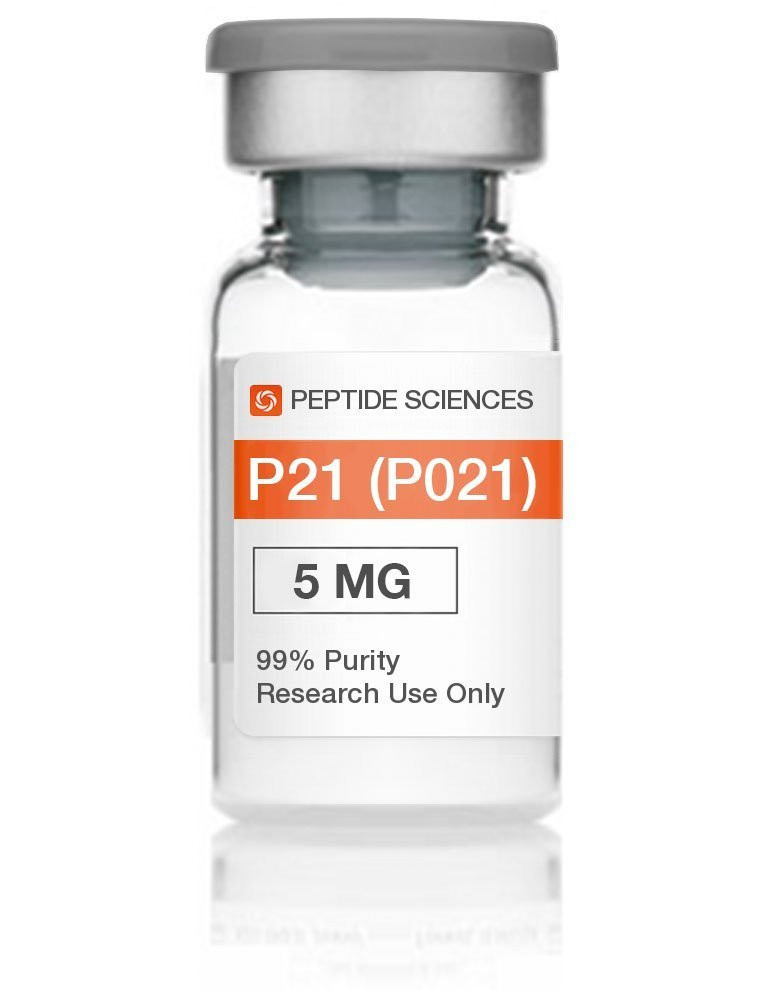
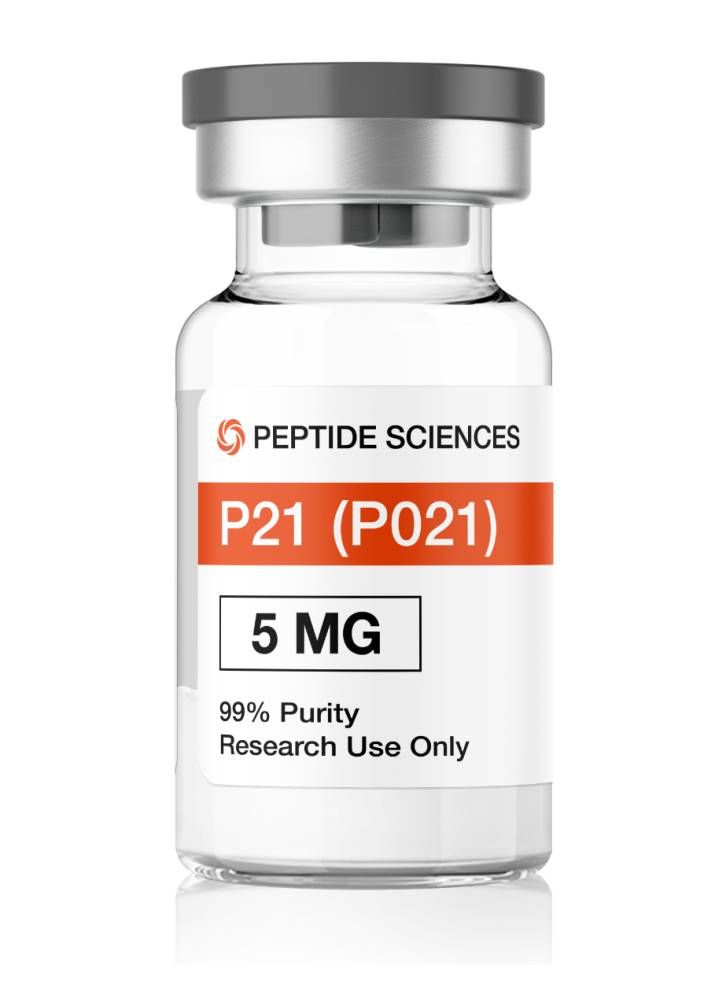
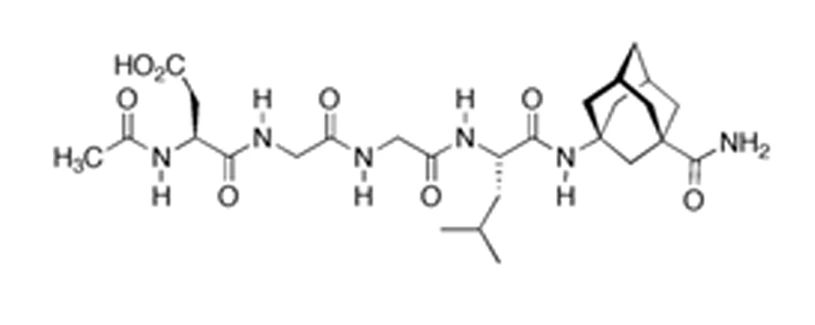
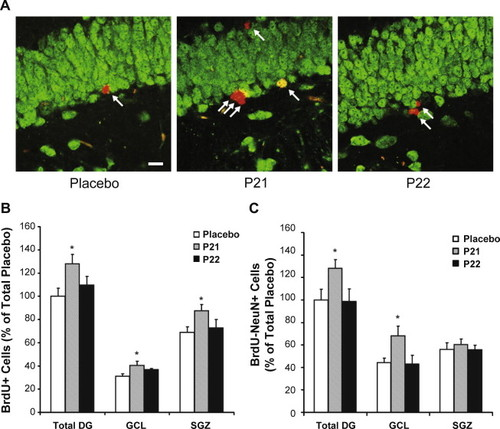
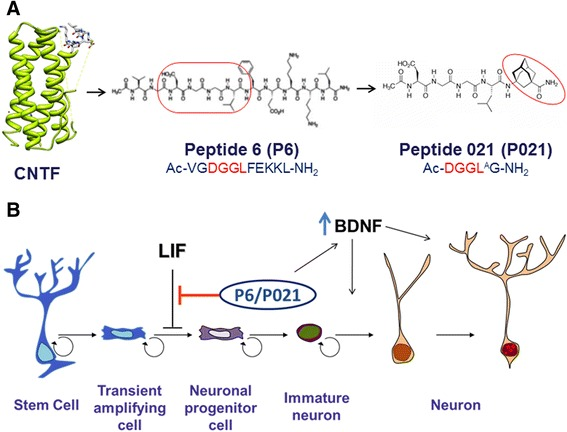
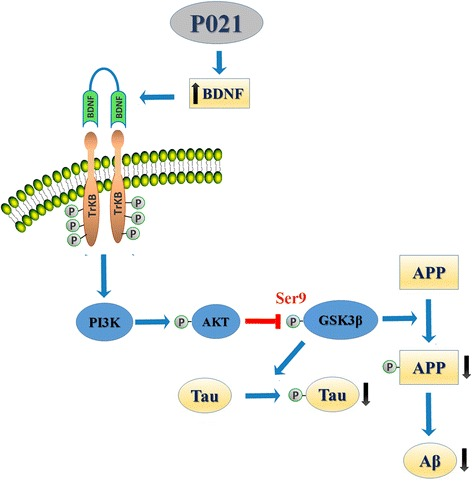
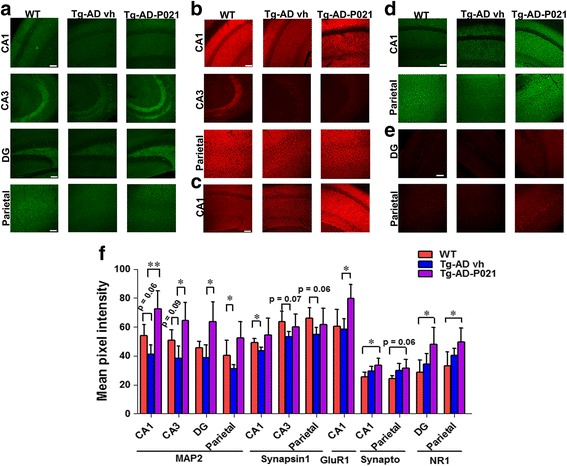
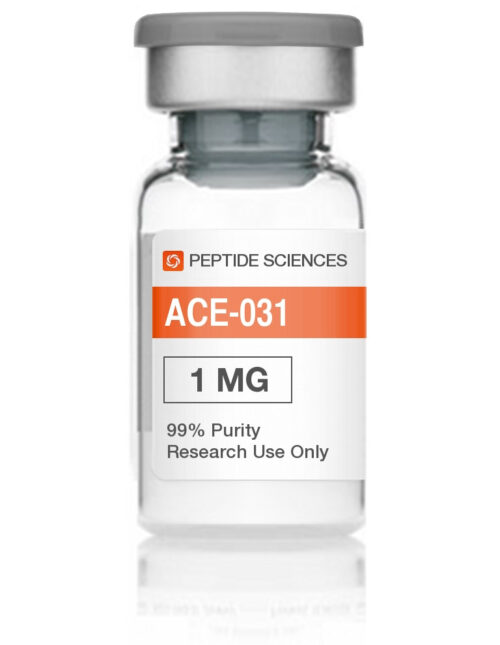
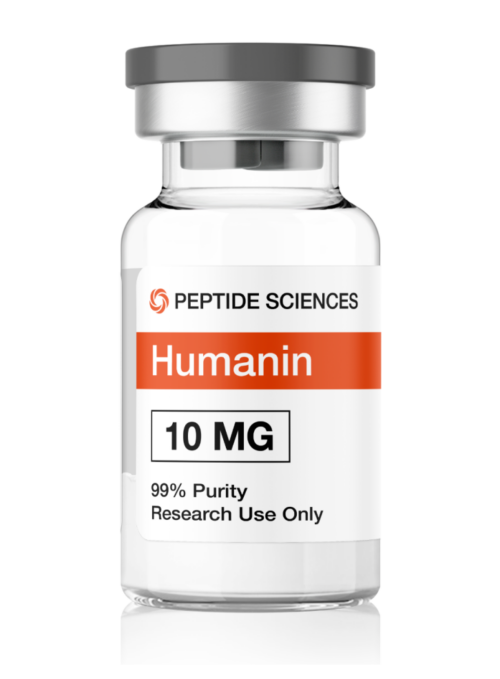
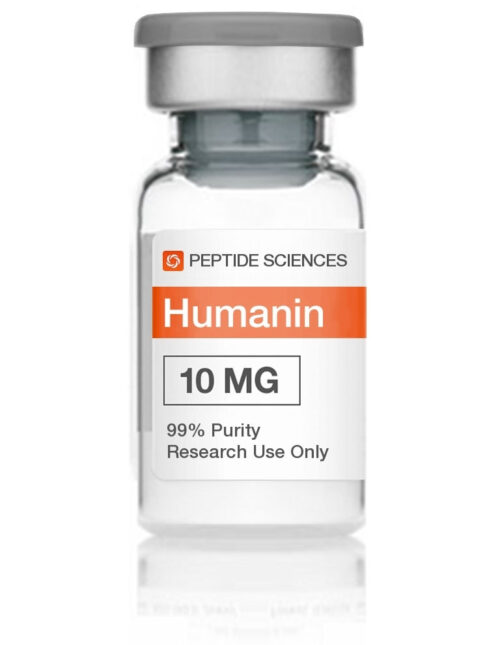
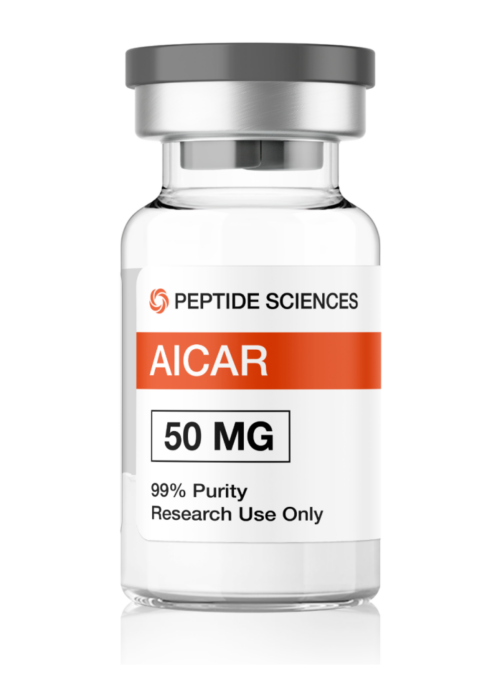
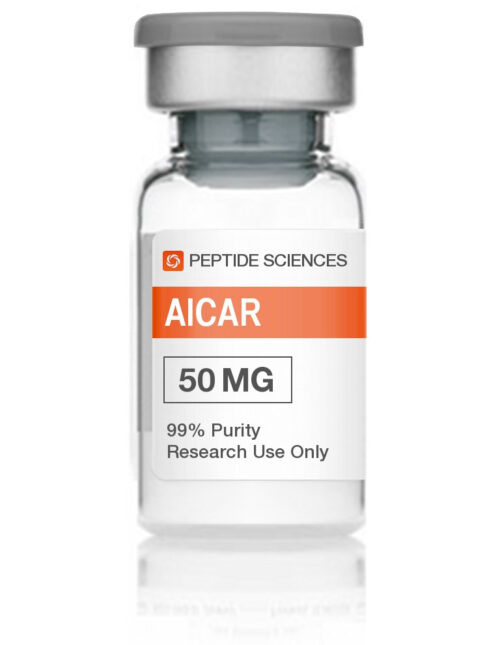
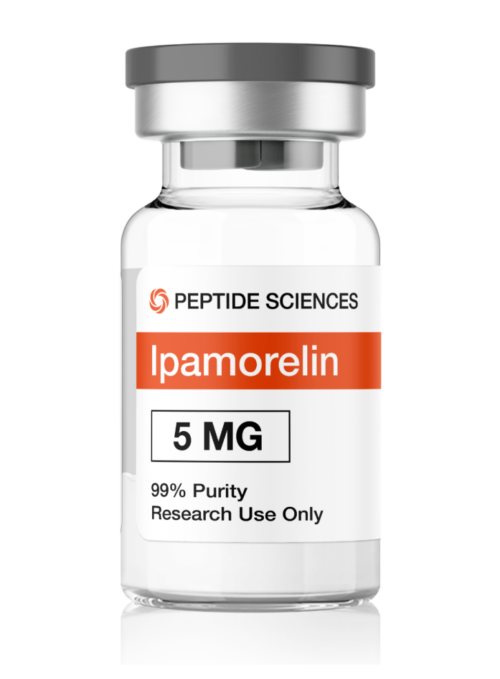
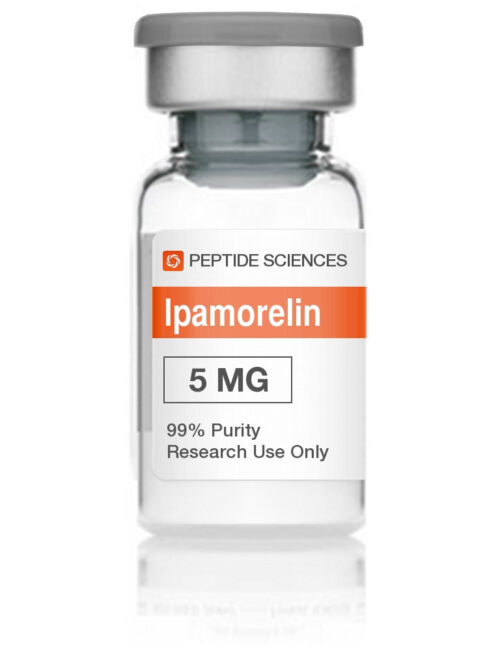
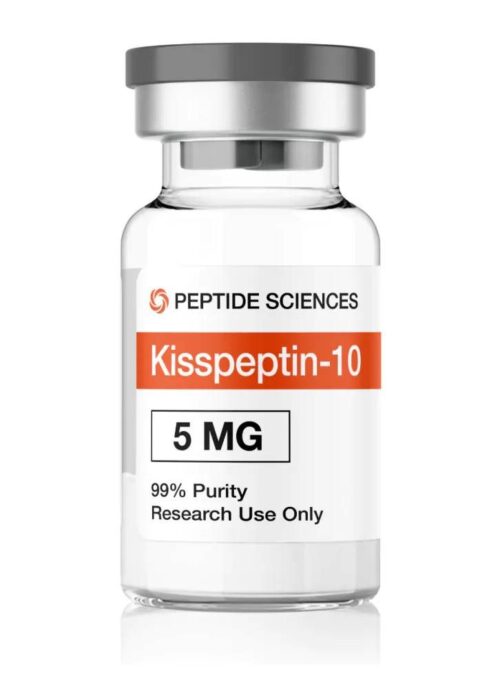
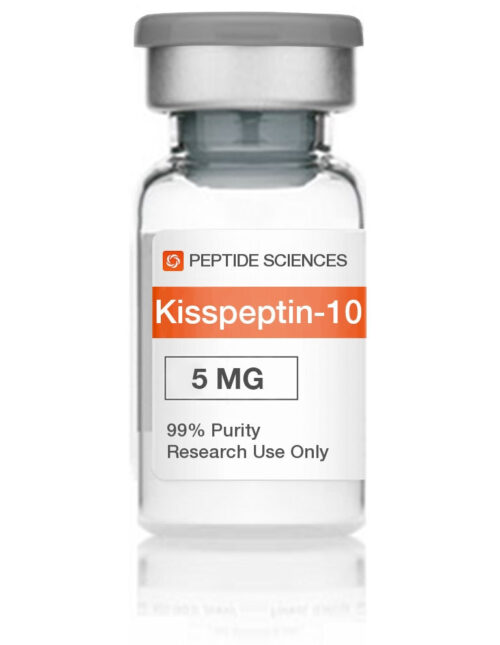
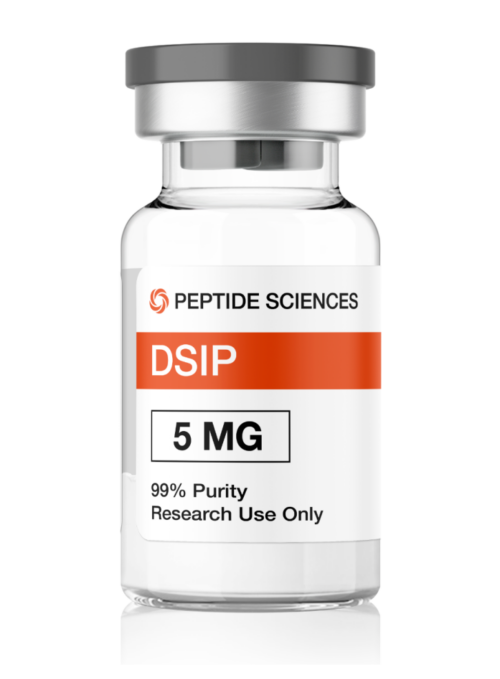
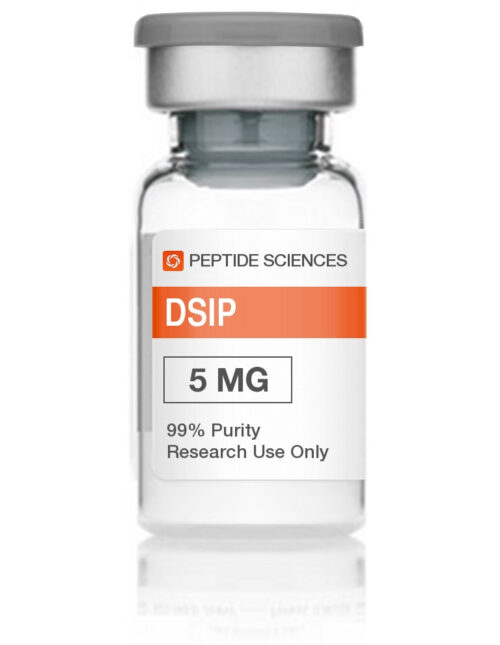
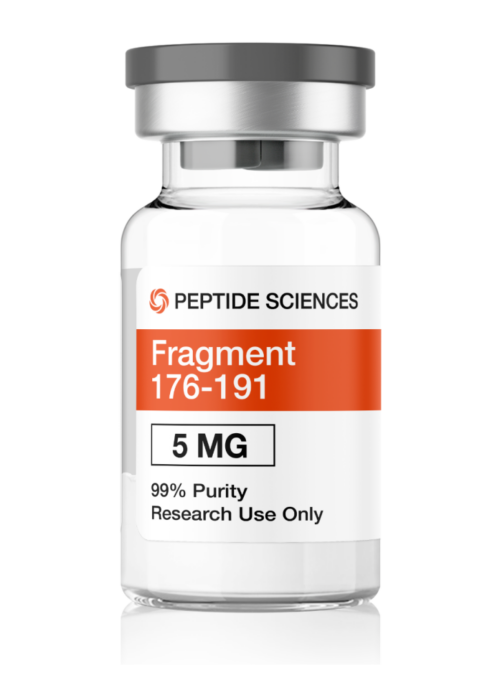
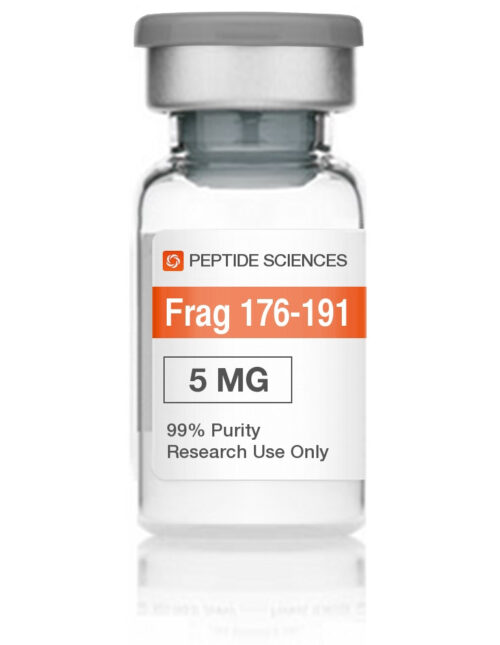
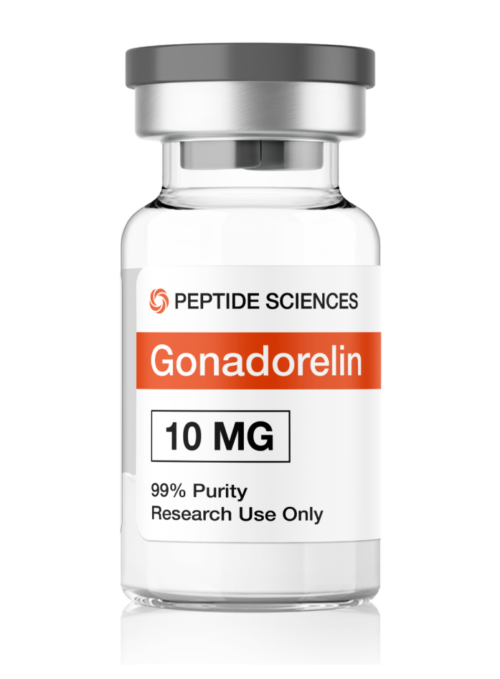
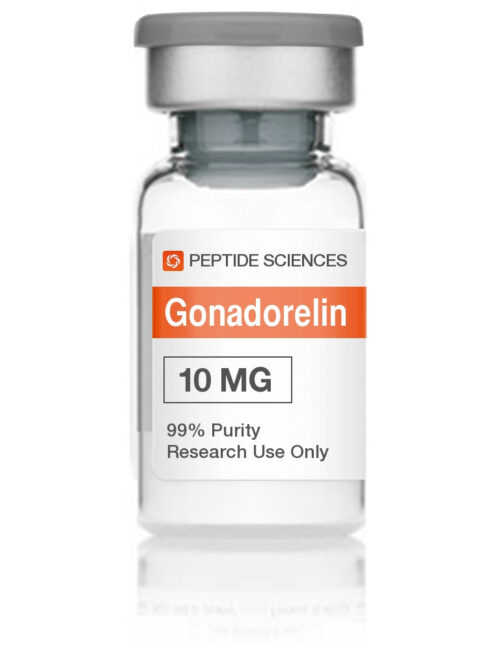

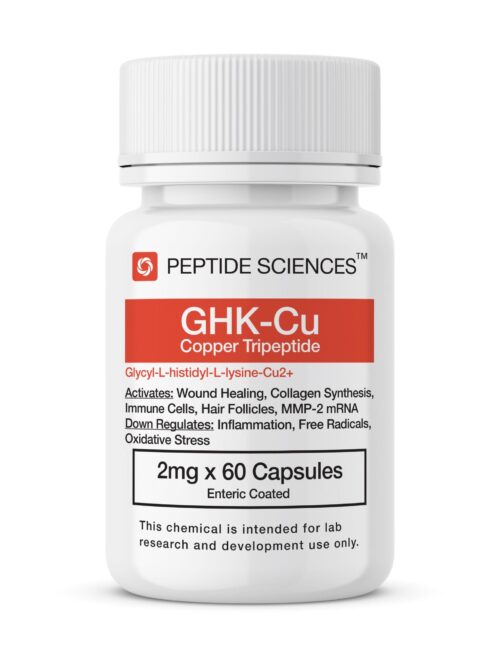
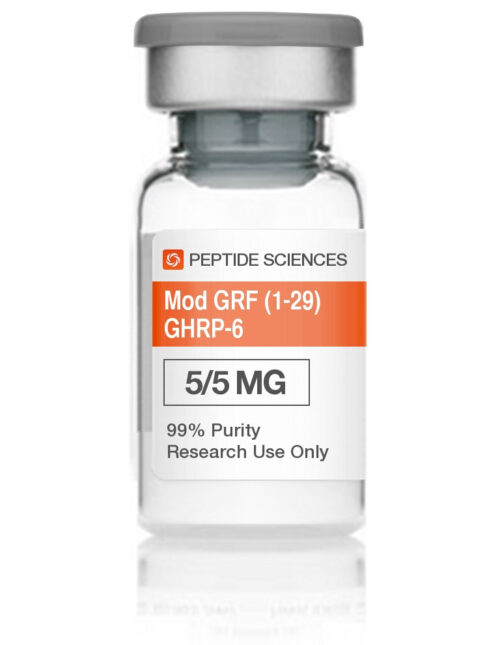
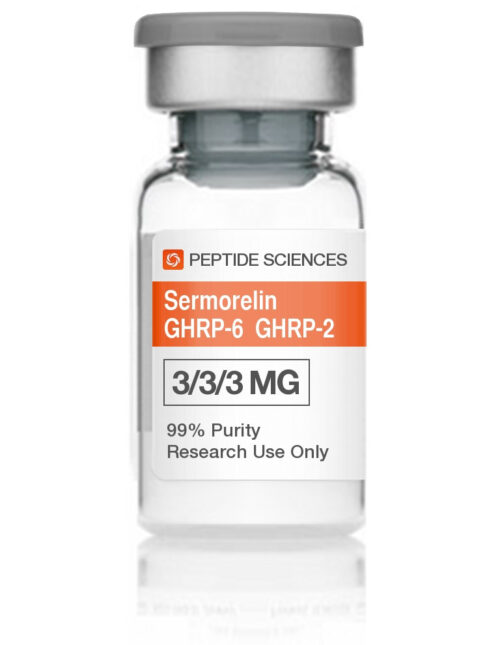

Reviews
There are no reviews yet.